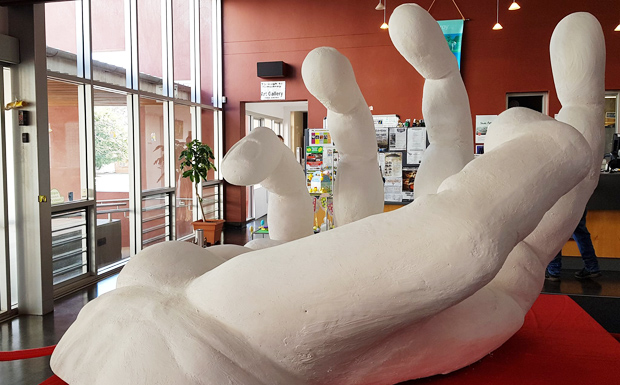
November 20, 2019
The South Burnett’s Visitor Information Centres (VICs) could be in for a shake-up to bring them back into line with modern tourism trends.
A new study has disclosed tourist inquiries at the South Burnett’s five VICs dropped by 19 per cent during the past decade.
One factor influencing this decline was increasing use of the Internet, with recent research showing that up to 45 per cent of Australian smartphone users now plan and book trips using only their mobile phone.
Another was a disconnect between younger people and the VIC concept, with under-40s making up just 5 per cent of VIC users and over-65s making up 70 per cent.
At Wednesday’s Council meeting, Councillors accepted the report on the future of the VICs prepared by the Economic Development Unit.
The 25-page report analysed the strengths and weaknesses of each of the region’s VICs, as well as the entire VIC network.
It found a strength of the Nanango, Kingaroy and Wondai VICs was that they were all associated with tourist attractions. This made them natural tourist drawcards.
The report suggested Murgon and Blackbutt might benefit by forming closer ties with the Queensland Dairy Museum and Roy Emerson Museum, respectively.
However, weaknesses all five VICs shared were inadequate signage; a shortage of volunteers; and an unwillingness among many volunteers to engage with digital technology.
The lack of paid staff in centres also placed more unwanted responsibilities on volunteers.
The age of current volunteers and the seeming lack of younger volunteers to take their place was also identified.
The report said VICs played an important role in the community but a weakness of the network was that it was pursuing an outdated service model that failed to recognise substantial changes that have occurred in the tourist market.
It suggested a number of options Council could introduce to lift visitor numbers, pointing to interstate research which shows tourists who visit VICs spend $59 to $151 more per adult than those who don’t.
These options included introducing more interactive displays to the centres; identifying ways to improve communications between VICs and tourism operators; introducing more digital technologies; upgrading signage; and exploring opportunities to broaden services.
The report was accepted by councillors without comment.
It will now be passed on to the Council’s new Tourism Advisory Committee for further assessment and recommendations.
Related articles:























